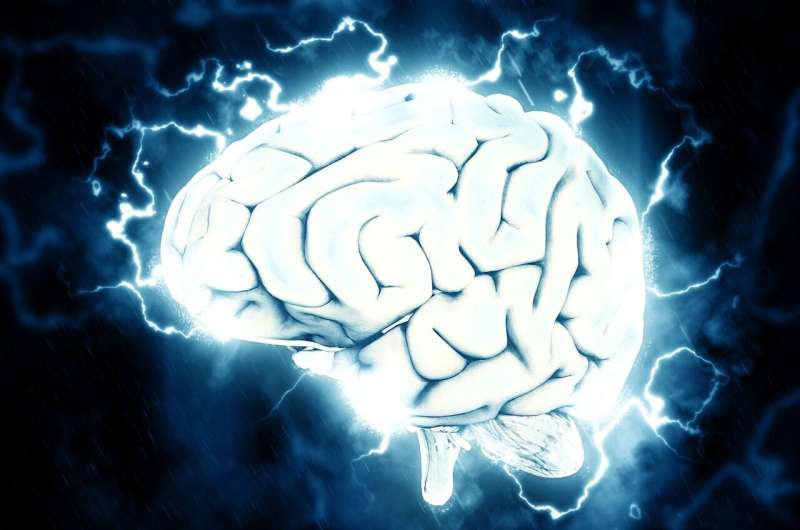This article has been reviewed according to Science X's editorial process and policies. Editors have highlighted the following attributes while ensuring the content's credibility:
fact-checked
peer-reviewed publication
trusted source
proofread
Cell atlases of the human brain created in parallel projects

In two parallel projects, researchers at Karolinska Institutet have been involved in creating the most comprehensive atlases of human brain cells to date. The two studies, which are published in Science, provide clues on different brain diseases and give hope for medical advancements in the future, such as new cancer drugs.
Knowing what cells constitute the healthy brain, where different cell types are located and how the brain develops from the embryo stage is fundamental to the ability to compare and better understand how diseases arise. There are at present advanced atlases of the mouse brain, but not for the human brain. Until now.
A brain-cell census
"We've created the most detailed cell atlases of the adult human brain and of brain development during the first months of pregnancy," says Sten Linnarsson, professor of molecular system biology at the Department of Medical Biochemistry and Biophysics at Karolinska Institutet in Sweden. "You could say that we've taken a kind of brain-cell census."
The first project was led by Kimberly Siletti from Linnarsson's group. It was conducted in close collaboration with Ed Lein at the Allen Institute for Brain Science in Seattle, U.S., as part of the international Human Cell Atlas initiative, and based on three donated human brains from adults.
The researchers analyzed more than three million individual cell nuclei using the technique of RNA sequencing, which reveals each cell's genetic identity. All in all, the researchers studied cells from just over a hundred brain regions and found over 3,000 cell types, some 80 percent of which were neurons, the remainder being different kinds of glial cells.
"A lot of research has focused on the cerebral cortex, but the greatest diversity of neurons we found in the brainstem," says Professor Linnarsson. "We think that some of these cells control innate behaviors, such as pain reflexes, fear, aggression and sexuality."
Groundwork for medical advances
The researchers could also see that the cells' identity reflects the place in the brain where they first developed in the fetus, which links to the second project. Here, Emelie Braun and Miri Danan-Gotthold from Sten Linnarsson's group collaborated with the Swedish consortium for the Human Developmental Cell Atlas to analyze over a million individual cell nuclei from 27 embryos at different stages of development (between five and 14 weeks of fertilization). The study enabled the researchers to show how the entire brain develops and is organized over time.
Even though the results are examples of molecular biological basic research, the new knowledge generated can also lay the groundwork for medical advances. Professor Linnarsson's research group has used similar methods to examine different kinds of brain tumors, one of which was a glioblastoma—a cancer with a poor prognosis.
"The tumor cells resemble immature stem cells and it looks like they're trying to form a brain, but in a totally disorganized way," he explains. "What we observed was that these cancer cells activated hundreds of genes that are specific to them, and it might be interesting to dig into whether there is any potential for finding new therapeutic targets."
The brain atlases will be freely available to researchers around the world so that they can compare the brain diseases they are researching with what a normally developed brain looks like.
More information: Kimberly Siletti et al, Transcriptomic diversity of cell types across the adult human brain, Science (2023). DOI: 10.1126/science.add7046. www.science.org/doi/10.1126/science.add7046
Emelie Braun et al, Comprehensive cell atlas of the first-trimester developing human brain, Science (2023). DOI: 10.1126/science.adf1226. www.science.org/doi/10.1126/science.adf1226



















